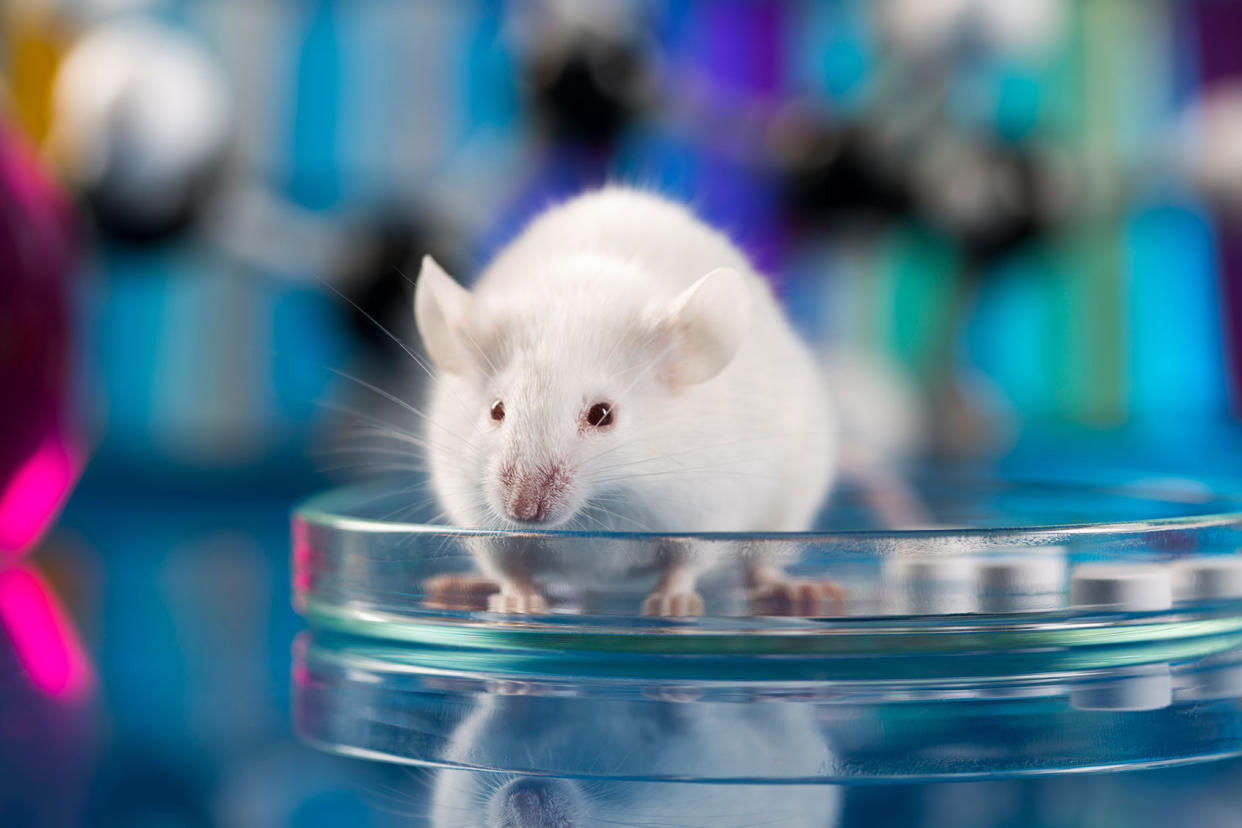Killswitch engage: Tumor-bursting nanorobots triggered by acid-sensitive origami switch

Scientists at the Karolinska Institute in Sweden announced in a paper on Monday that they have developed nanorobots which kill cancer cells using a specialized trigger. The technology, first tested in mice, holds promise to one day provide treatment in humans.
Nanorobots are microscopic machines used to perform tasks too minute or delicate for larger devices and can be more precise and effective than certain drugs or other cancer therapies. The Karolinska Institute's researchers developed nanostructures called an origami switch using DNA as its building material. These structures include six peptides (amino acid chains) assembled in the same shape as a hexagon just 10 nanometers in diameter. They act on receptors that line the membranes of all our cells called death receptors, so called because when they are set off, they cause cells to die. Cells that keep growing and don't die are what we call tumors.
By hiding the death receptors within the nanorobot, the scientists were able to program it so that the death receptors are only activated when exposed to cancer cells. In the experiment, this reduced tumor growth by 70%.
"This hexagonal nanopattern of peptides becomes a lethal weapon," study co-author Professor Björn Högberg at the Department of Medical Biochemistry and Biophysics, Karolinska Institutet said in a statement. "If you were to administer it as a drug, it would indiscriminately start killing cells in the body, which would not be good. To get around this problem, we have hidden the weapon inside a nanostructure built from DNA."
The trigger gets pulled when the nanobots encounter a more acidic environment, typical of tumors. Although this research was in mice, they were xenografted with human breast cancer cells. This helps demonstrate that these machines can theoretically work to address human cancers, nonetheless, there are still more many additional research steps needed before it hits the market.
"We now need to investigate whether this works in more advanced cancer models that more closely resemble the real human disease," study first author Yang Wang said in a statement. "We also need to find out what side effects the method has before it can be tested on humans."

